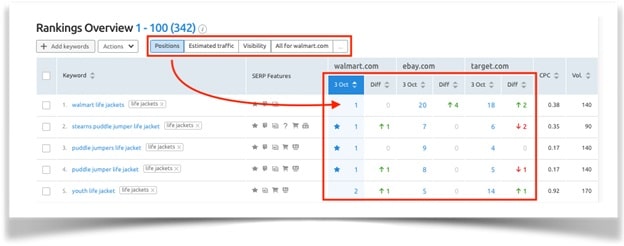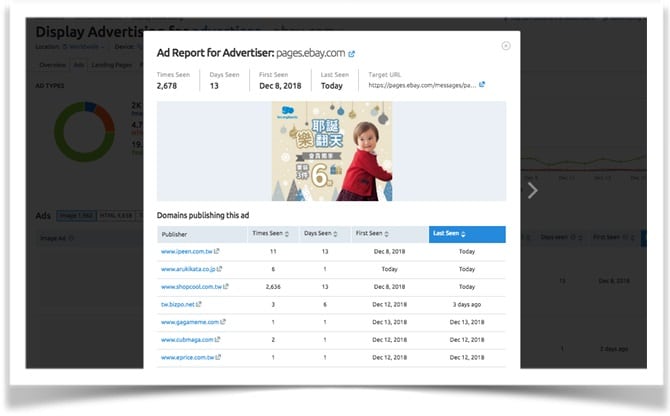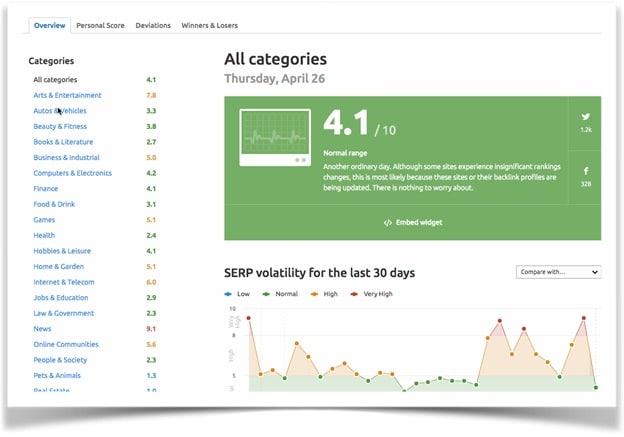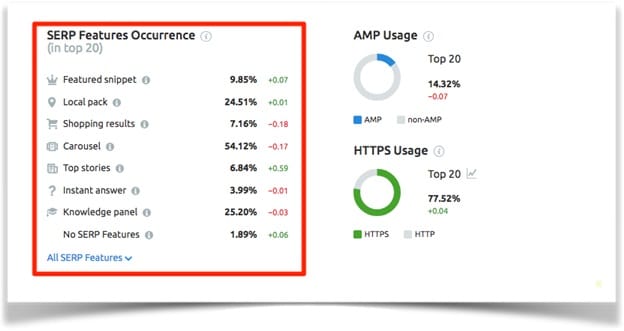First a quick confession - In my 12 years as a digital marketer, I have shamelessly relied on free trials provided by SEMrush, MOZ, WooRank, Raven as well as the mostly free tools in the Google suite like Google Analytics, Keyword Planner etc. for SEO and other digital marketing.
Our data requirements were mostly concentrated around initial proposal presentations and client reports. Work that was easily achieved by the many, many, and I cannot stress this enough… MANY free tools. The other big reason for our inertia was simply the complex maze of brands, subscription levels and the features on offer.
What EXACTLY did we need? How often would we use the killer feature we were buying it for? Which tool was better? How many users made sense? What about the other 63 features that looked useless? Nobody was really sure.
Every time we set about to navigate the price value equation, we were simply not convinced we needed paid access. And so, it continued until 2 years ago when we landed an in-depth backlink audit assignment for an ORM client. After a 3-day (and 4 night) struggle to do it manually, we finally ponied up and paid $199 for a basic SEMrush Guru membership plan.
AND THAT'S WHEN WE FOUND OUT WHAT WE HAD BEEN MISSING!!
Don’t get me wrong, You don’t need to pay for tools to get results. To be clear, anything a tool can do, admittedly people can do as well. But after a certain point in any account’s SEO trajectory, opportunity knocks at the most unexpected and deep dark places that you would be hard pressed to find without an automated bot.
Plus, if you are an agency, just think of the math.

A $100 monthly tool will pay for itself if it can save you even 6-7 hours of resource time per month OR/AND give you insights into untapped opportunities that help you earn back that amount!
For us it did that many times over and then some.
While tool-generated data definitely made our SEO workflow faster and easier, the biggest win came from the least expected place. It was the easy confidence of being able to screen share real time progress data while defending account strategy on an international call with an irate client at 6 am. And then again at 9 am follow up call with the local team... impressive, right?
The point I’m making is that when you have ready, third-party verified keyword rankings at your fingertips, it gives you a much-needed edge. For me, this one advantage alone made the tool subscription worth its cost many times over. For our business it translated to increased transparency and more credibility in regard to our progress updates. They no longer had to take our word for it.

As SEO consultants, our job is not about just executing “one size fits all” strategies. A big part of the job is tracking performance - for the client and its ecosystem. Which pages are ranking better for which keywords? Is the new keyword-rich content helping us or just confusing the customer?
When scraping the data from free tools, you pull out what you need at pre-defined, budget justified intervals, and that’s that. You don’t have the luxury of cross mapping 10 different data streams you can refresh at the click of a button. You NEVER sit long enough with this otherwise hard-to-find-data to discern patterns in competitive strategy or gaps in your own.
SEMrush provided us with a lot of additional insights that cannot be pulled from native analytics tools. To take an example, Google Console can’t tell you what kind of pages are ranking for specific keywords. It also provided tremendous insight into competitive keywords, copy and spend or any noticeable shifts in SERP results.

Umm..how should I put this… the tools are seriously cool. Post SEMrush, our team members shared their experiences of how their jobs felt far more strategic and important. Instead of churning out a standardized set of “to-dos”, they now had the power to explore and experiment with unique insights that helped them do their job more creatively.

Efficiencies of course went up as did team morale. Software is just better able to handle repetitive, monotonous time consuming tasks. Especially at the end of the workday (or workweek) when everybody has their eye on the clock.
Furthermore, on a retainer model, every client interaction whether that’s mail, report, or call is ultimately a pitch to retain the business going into the next month. In addition to reports, the team would often cut and paste screenshots in support of the approach suggested. Not only are tool-generated insights better packaged, you can rest assured you haven’t missed a trick. Peace of mind all around.

While the case I made above is specifically in the context of an agency workflow, everything I said is also applicable to a marketing manager working to increase his company’s rankings.
Having a good tool is like investing in a 24-7 digital assistant that amplifies your efforts and saves you precious time. It showcases your efforts and puts you in the driver’s seat. And In some cases, it may also be a superior alternative to outsourcing your SEO depending on company budgets and goals.
My team at CreativeLipi.com continues to use the SEMrush SEO toolkit but a lot of the other tools like MOZ, WooRank, Raven are also worth exploring depending on your specific digital goals.